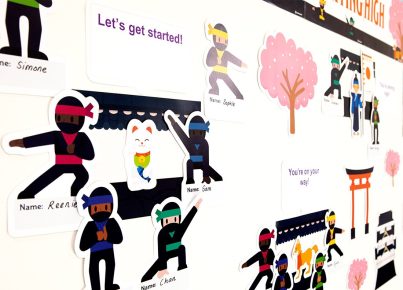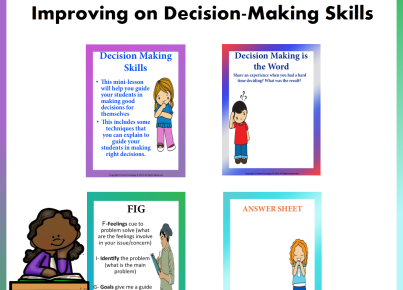Introduction
Science is the driving force behind many of our modern innovations and discoveries. It has the power to transform lives, solve complex problems, and even create new worlds. However, for some people, science can seem like a tedious and uninviting subject. This article will explore how we can make science more exciting and accessible to all, inspiring the next generation of scientific thinkers.
1. Interactive learning
One of the best ways to engage people with science is through interactive learning experiences. This can involve using hands-on experiments, demonstrations, and group activities to help students understand complex concepts more easily. By making science tangible and fun, learners are more likely to stay interested and retain information better.
2. Incorporation of technology
Technology has the power to revolutionize traditional classroom learning – especially when it comes to the sciences. Virtual reality headsets, augmented reality apps, online simulations, and interactive games can all be used effectively as teaching tools. They not only make the learning process more exciting but also help students visualize intricate concepts in 3D.
3. Real-world applications
Connecting scientific concepts to real-world situations is essential for making them relatable and engaging. Teachers and scientists must present these applications in a compelling and relevant manner. For example, explaining how physics powers smartphones or how biochemistry enables drug development can spark someone’s interest in these subjects.
4. Storytelling & human connection
Science is not just about facts and figures; it is also about the human stories behind them. By emphasizing the struggles, triumphs, and adventures of scientists – both past and present – we can evoke a sense of wonder about their discoveries. Science communicators should also aim to include diverse voices from around the world to inspire individuals from different backgrounds.
5. STEM clubs & competitions
Numerous science clubs, competitions, hackathons, and fairs encourage young minds to explore their curiosity and develop their skills. They provide opportunities for students to collaborate, compete, and showcase their knowledge, fostering a sense of camaraderie and excitement for the subject.
6. Visiting research facilities & museums
Organizing field trips to research facilities, observatories, and science museums can give students a glimpse into the world of scientific discovery. Such visits can inspire young scientists by showing them the cutting-edge work being done in the field and how it pertains to their studies.
7. Cultivating a culture of curiosity
To make science exciting, we must create an environment that encourages questioning, exploration, and experimentation. Teachers should emphasize the importance of asking questions and seeking answers through investigation. By nurturing curiosity from a young age, we can foster a lifelong love for learning that ultimately results in more enthusiastic scientists.
Conclusion
The future is rooted in science, technology, engineering and mathematics. Making science more exciting is crucial for shaping the next generation of innovators and leaders who will spearhead this future. By implementing the strategies mentioned above, we can transform how science is approached – creating a world where everyone feels excited about the potential it holds for solving pressing issues and enhancing our lives.





